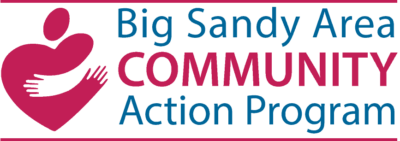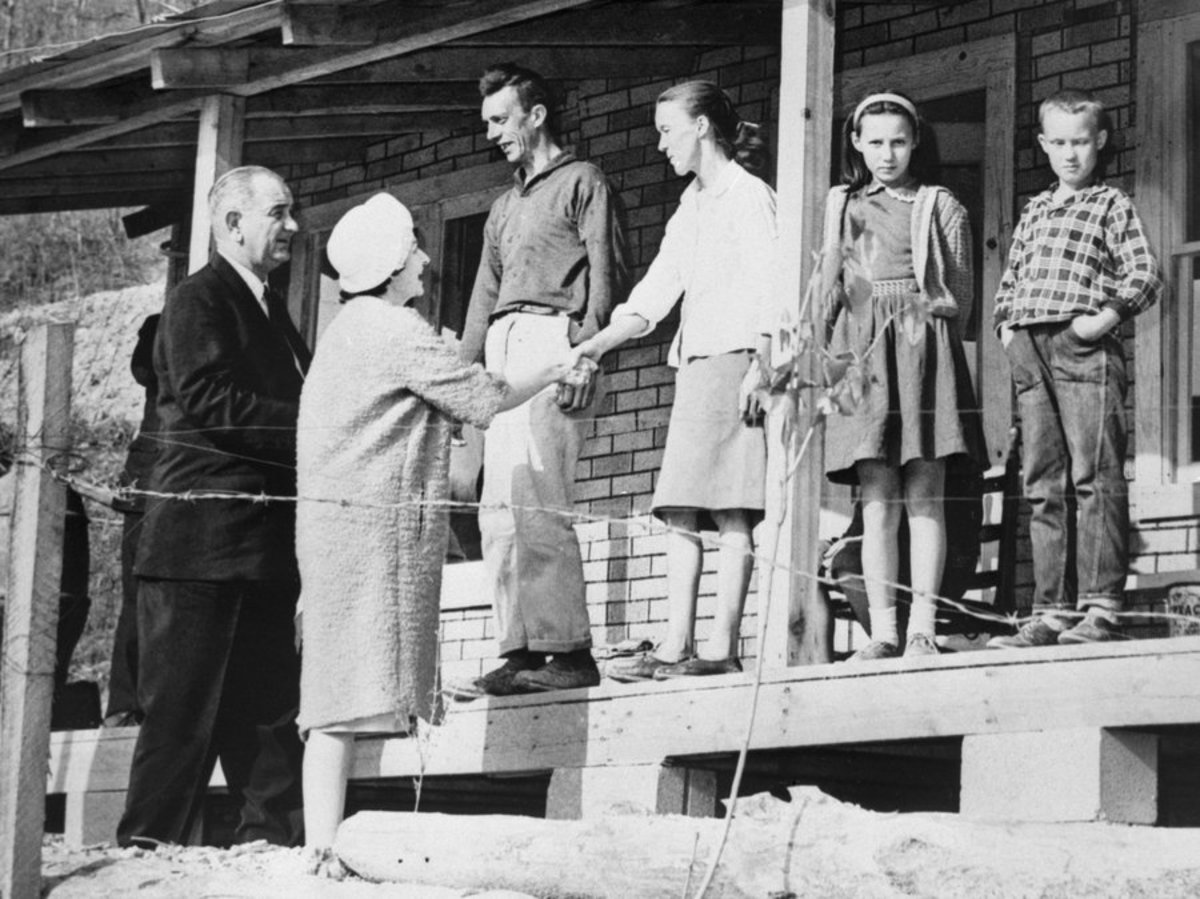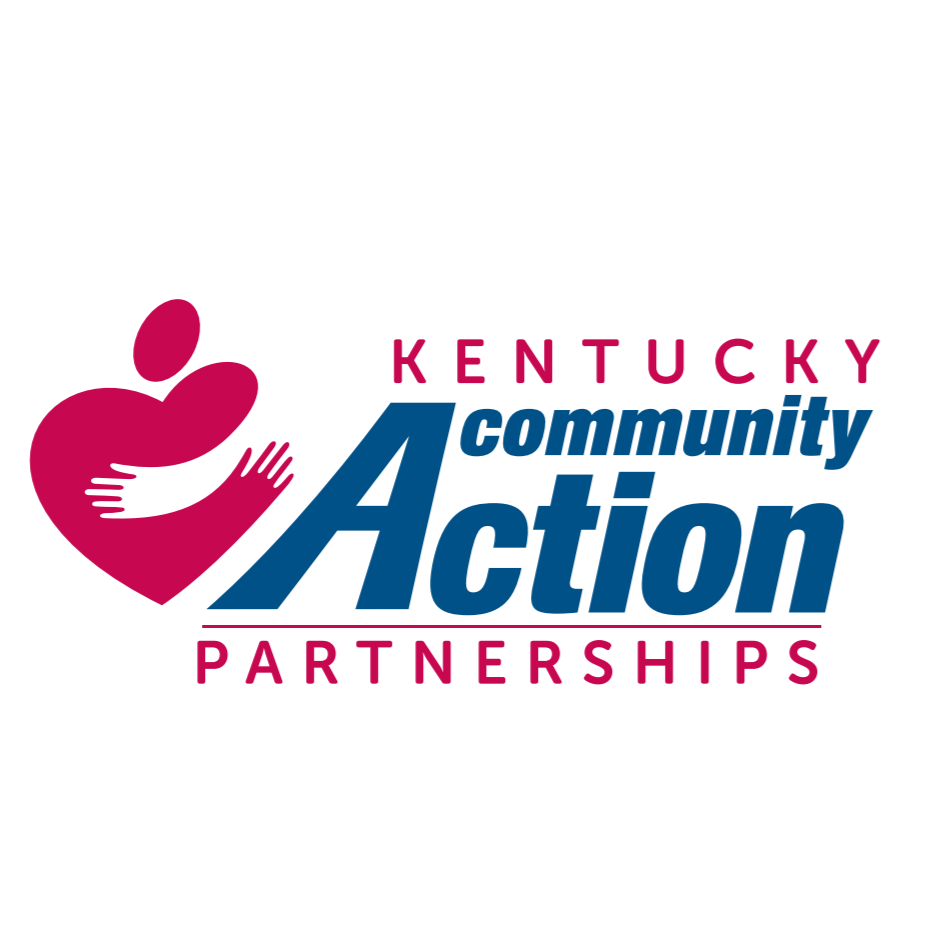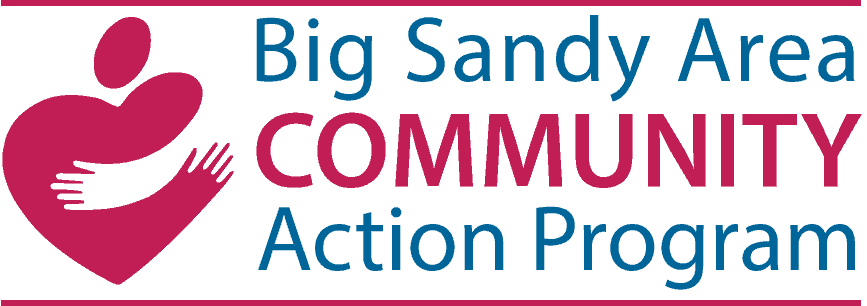OUR VISION
Big Sandy Area Community Action Program’s Vision
To attain statewide recognition for providing the key leadership role in assisting individuals, families, and communities to achieve their highest potential. Our services along with the collaborative efforts of the community and organization partnerships allow us to improve the overall quality of life within the community.
Are We In Your Area? See Our Coverage Map To Find Out!
History of Big Sandy Area Community Action Program
In 1965, community leaders and local officials from Eastern Kentucky came together to form what is now the Big Sandy Area Community Action Program, Inc. (BSACAP)—a locally-driven, nonprofit organization focused on empowering hard-working families and helping constituents achieve self-sufficiency. Originally serving five counties, BSACAP now operates in Floyd, Johnson, Magoffin, Martin, and Pike counties.
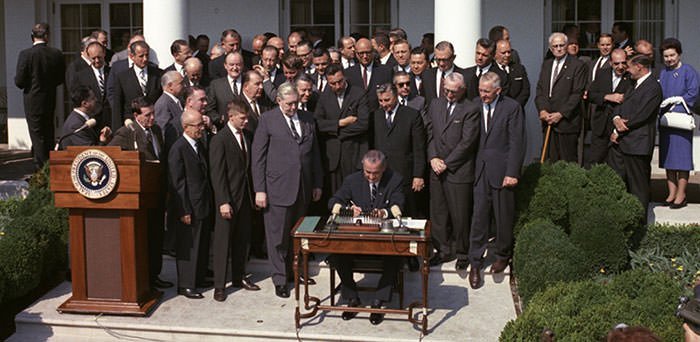
For over 60 years, BSACAP has been a responsive, accountable, and results-oriented organization that partners with local, state, and federal entities to deliver effective and efficient services. Our programs are designed to leverage private and public investment, promote innovation, and deliver measurable outcomes that improve lives and strengthen communities. BSACAP’s initiatives include employment and training, housing support, energy assistance, and more—each aimed at helping constituents move into the middle class and build long-term stability.
60 years
As a proud member of Community Action Kentucky, BSACAP joins 22 other agencies in the state advocating for popular, necessary programs that reflect the values of our communities. Our success is built on collaboration with our community partners, and a steadfast commitment to quality and impact.
This project is funded, in part, under a contract with the Cabinet for Health and Family Services with funds from the Community Services Block Grant Act and the U.S. Department of Health and Human Services.
Board of Directors
Our Board of Directors is composed of exactly one-third public officials, at least one-third representatives of the low-income sector, and the remainder made up of representatives of private groups and organizations. These representatives work and live in the five counties we serve.
